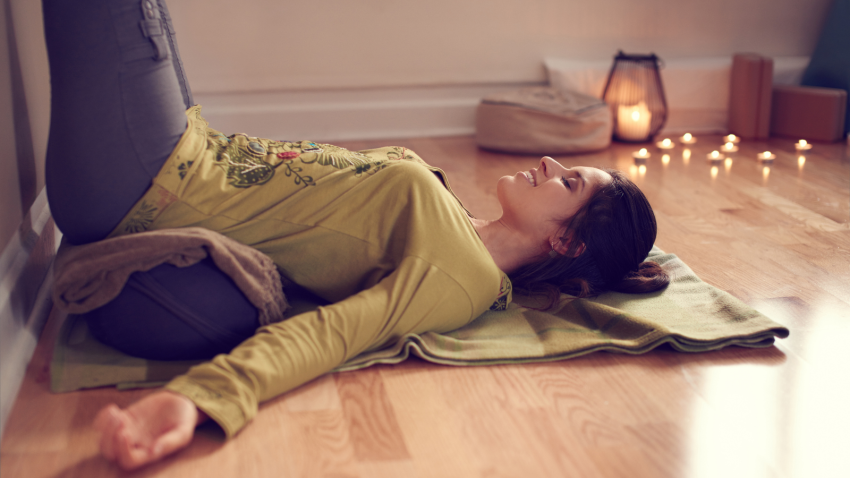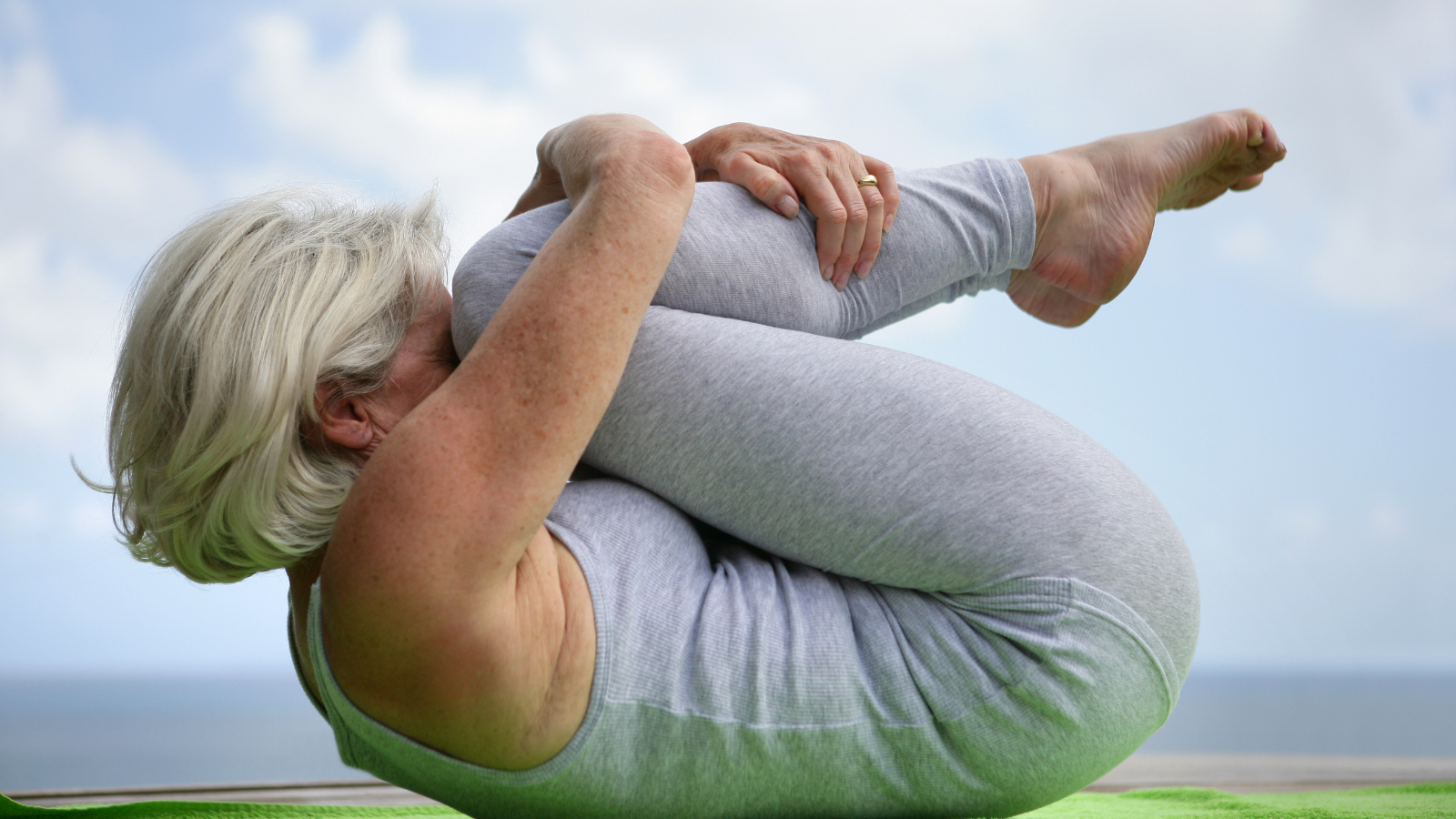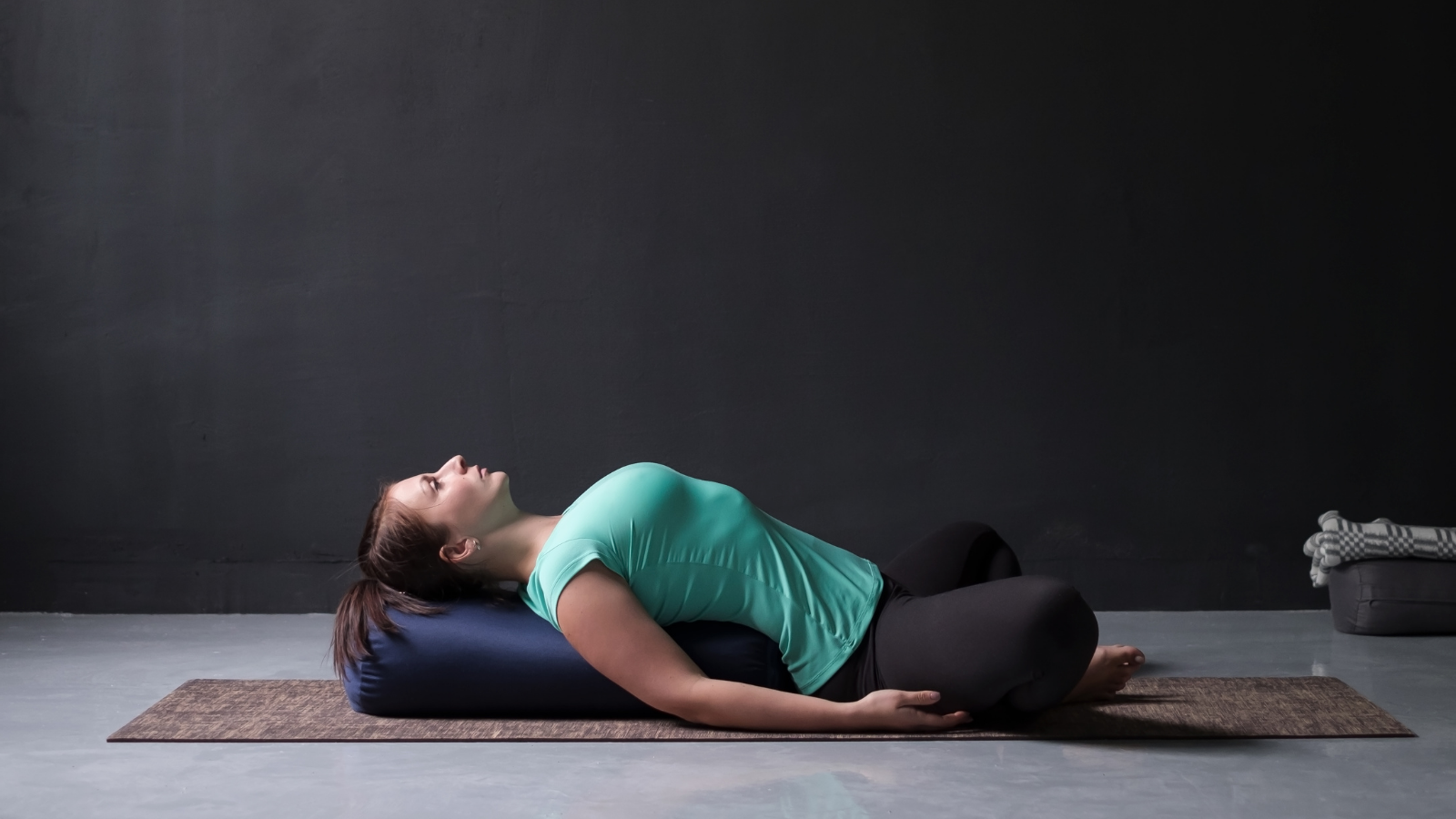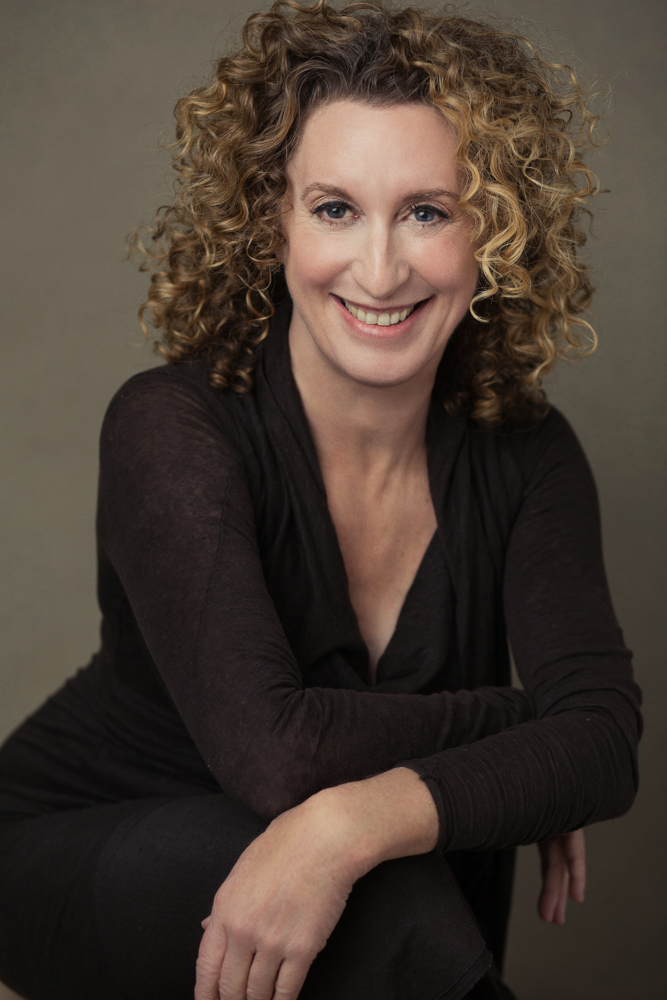View basket (0 items $0.00)

Dealing with the Difficult Emotions of Loss and Grief – A Somatic Embodiment Approach
Some experiences in life are just awful and we are left with feelings of sadness, dismay, anger or complete overwhelm. No one wants to feel these difficult emotions, and yet they are part of life. So, how do we experience them without becoming totally engulfed by them?
You have to realize feelings are passing states. Chemistry creates feelings. Hormones and neurotransmitters, stress molecules and happy molecules change us. We are always changing. True, we have habits and tendencies. But we can move in ways that they don’t have to define us.
Years ago, someone told me to look at my feelings like they are weather fronts. They come and go quite naturally. The difference between our feelings and weather is that we can keep negative feelings in place by repeating the same actions, ruminating or focusing on them. But if we just let them be, they change.
How Difficult Emotions Numb the Body
 It’s darn uncomfortable to let negative emotions be. And what makes it possible to bear emotion is to really live in our bodies.
It’s darn uncomfortable to let negative emotions be. And what makes it possible to bear emotion is to really live in our bodies.
Let me explain. Whenever we have a shock, discomfort, or a pain our natural response is to shut down the feeling or experience. Doing this saves us from an intensity that could overwhelm us. But over time, this ability to shut down cripples us. It numbs our good feelings as well and creates bodily tension that leads to pain or injury.
As the body becomes more fluid, so do our thoughts and emotions. Our bodies, minds and emotions are meant to move sequentially and fluidly. If there is a break in the sequence of fluid we experience restriction. Any place where we are blank over a long period of time causes us chronic stress. We inhibit the natural function of our system.
Experiencing your whole body allows emotions to spread and not be as intense. Somatic embodiment gives us more resilience to tolerate what is happening. We have less reactivity to sensory stimuli that come from both within and without.
How Somatic Embodiment Can Melt Physical Numbing
 My 36-year-old son died quite unexpectedly and suddenly this past July. When I heard the news I physically collapsed and then became numb. That numbness protected me from an avalanche of feelings I would not have been able to bear. But as time goes by I am melting more and more of that numbness. It is just happening because I continue to do my body practices. I am so fortunate that I have tools that let me feel the goodness of being alive and in that goodness my pain, horror, frustration, and panic can arise without overwhelming my system.
My 36-year-old son died quite unexpectedly and suddenly this past July. When I heard the news I physically collapsed and then became numb. That numbness protected me from an avalanche of feelings I would not have been able to bear. But as time goes by I am melting more and more of that numbness. It is just happening because I continue to do my body practices. I am so fortunate that I have tools that let me feel the goodness of being alive and in that goodness my pain, horror, frustration, and panic can arise without overwhelming my system.
This experience of death and loss is changing me. I am far from completely knowing how. But I do know the ability to live through this, become a new person, and still love life is all based on the skills you can also learn. Our lives’ work is to learn these skills of being alive in this organism we are, for the time we are here.
Reprinted with permission from Donna Brooks and originalbodywisdom.com
 After four decades of experience helping my clients unwind limiting movement patterns and heal body-mind disconnection, I have put together simple but profound embodiment exercises that help everything from pain to Parkinson’s Disease and pelvic floor issues to the trauma of grief and loss. I have a broad toolbox that relieves stress in the nervous system so you move with more ease and integration while also gaining perspective, insight, and courage.
After four decades of experience helping my clients unwind limiting movement patterns and heal body-mind disconnection, I have put together simple but profound embodiment exercises that help everything from pain to Parkinson’s Disease and pelvic floor issues to the trauma of grief and loss. I have a broad toolbox that relieves stress in the nervous system so you move with more ease and integration while also gaining perspective, insight, and courage.
I have also taught yoga, meditation, and relaxation for chronic pain through the Valley Medical Group and assisted Iyengar teacher Karin Stephen in her programs for people with HIV-AIDS. I teach popular walking and pelvic floor clinics and create somatic yoga programs for YogaUOnline.
But my biggest lesson has been the death of my 36-year-old son. He died at a peak point of his career. This could have destroyed me. Certainly, it is devastating but instead of collapsing, I am understanding my own work more deeply. I have been so fortunate that I have tools that let me feel the goodness of being alive and in that goodness, my pain, horror, frustration, and panic can arise without overwhelming my system.
I am a certified Yoga Therapist and a Registered Somatic Movement Therapist and Educator. I hold a Bachelor’s degree from SUNY Stony Brook. I have been teaching yoga since 1981 and somatics since 1993. I am trained in Iyengar yoga, I have studied with somatic movement/ embodiment pioneers including Bonnie Bainbridge Cohen and Emilie Conrad.
Featured Courses









